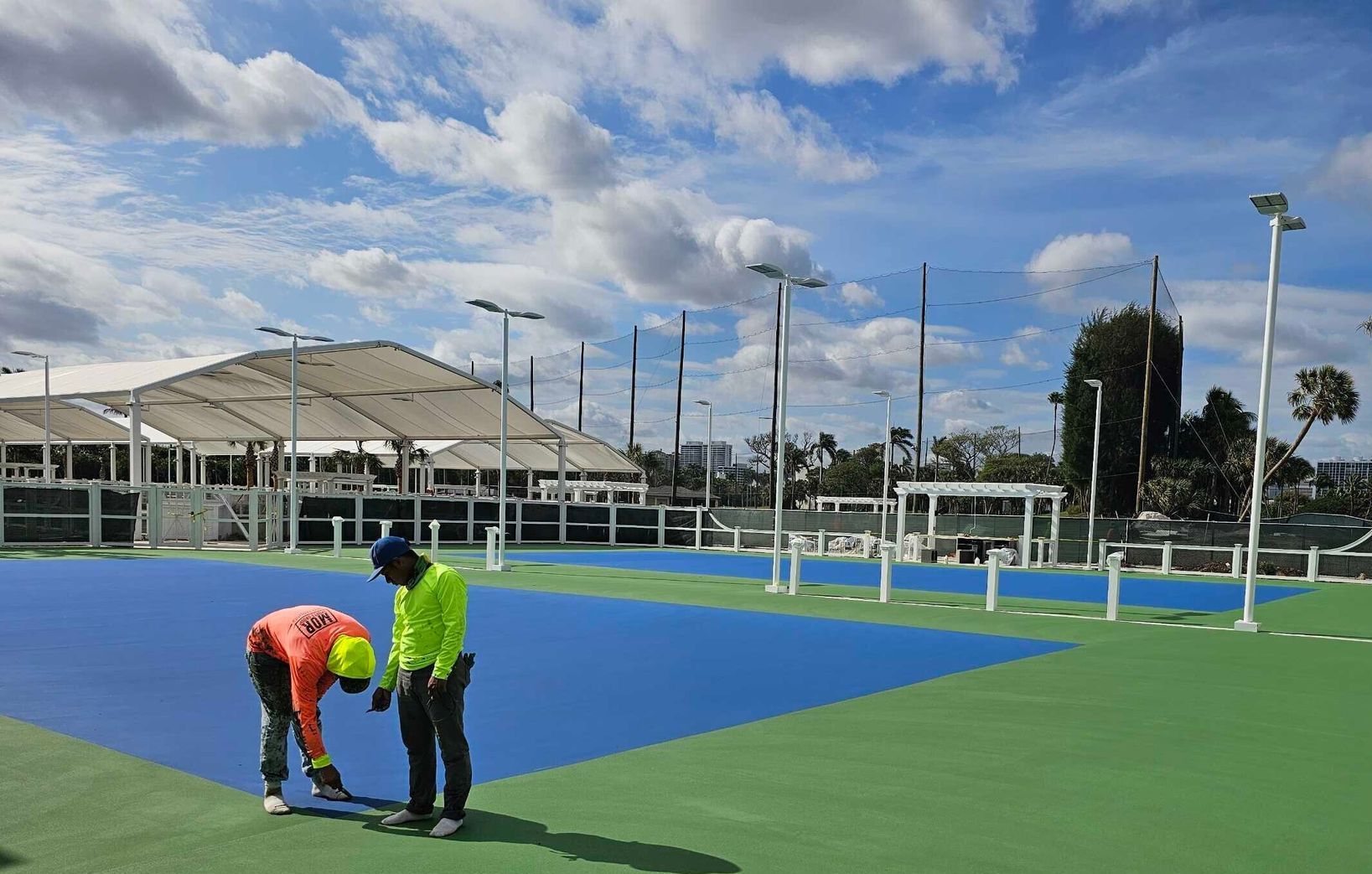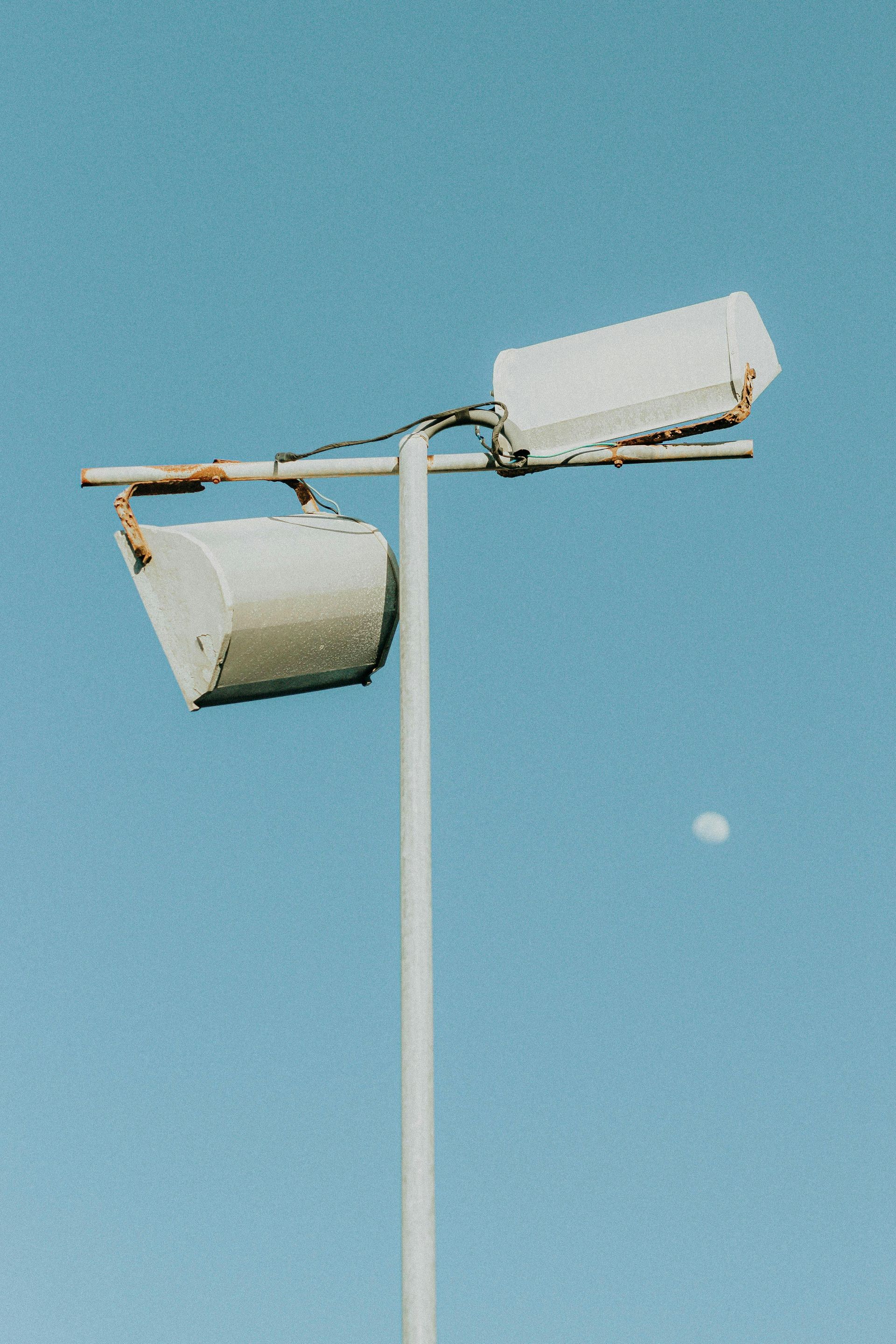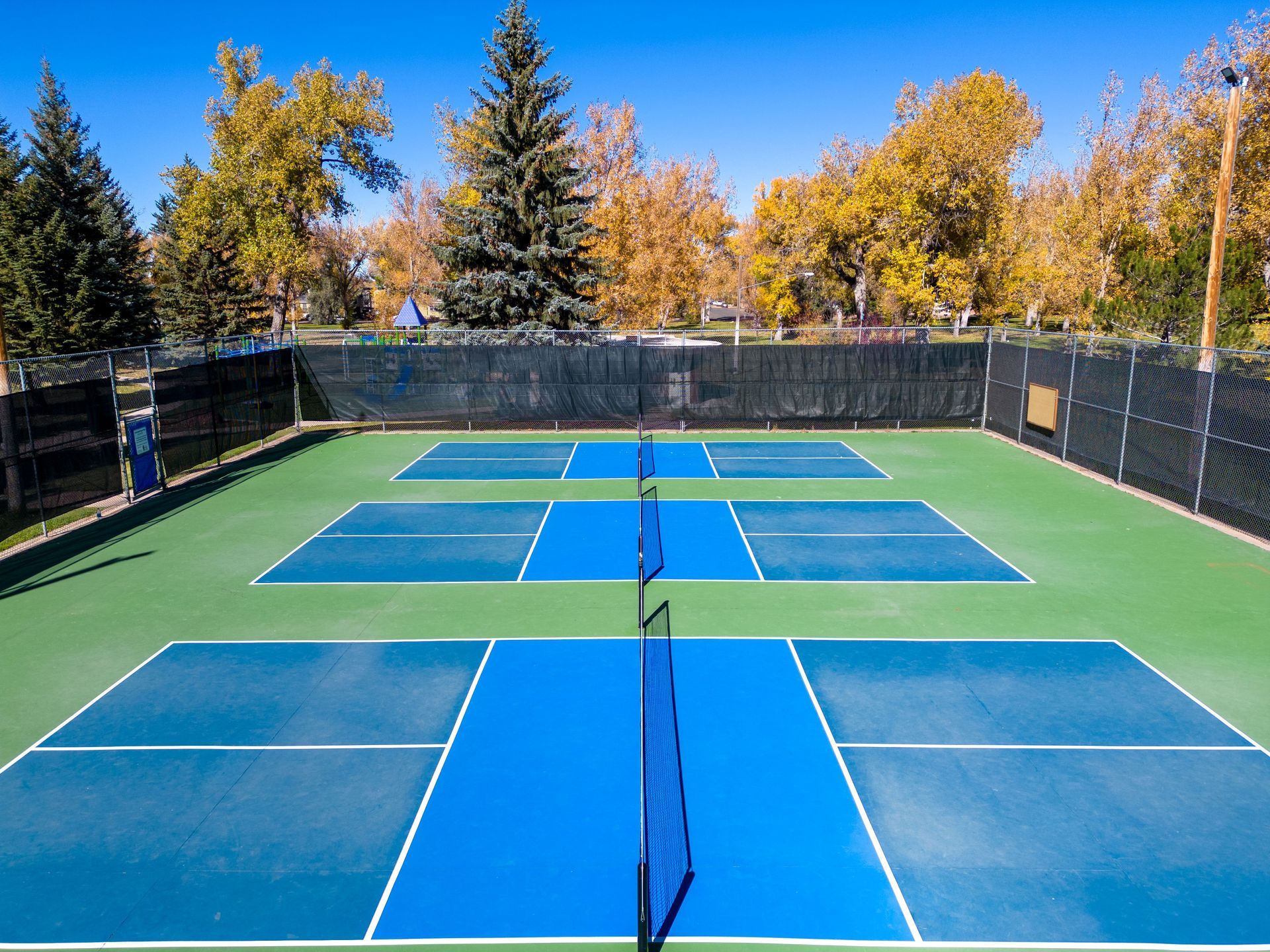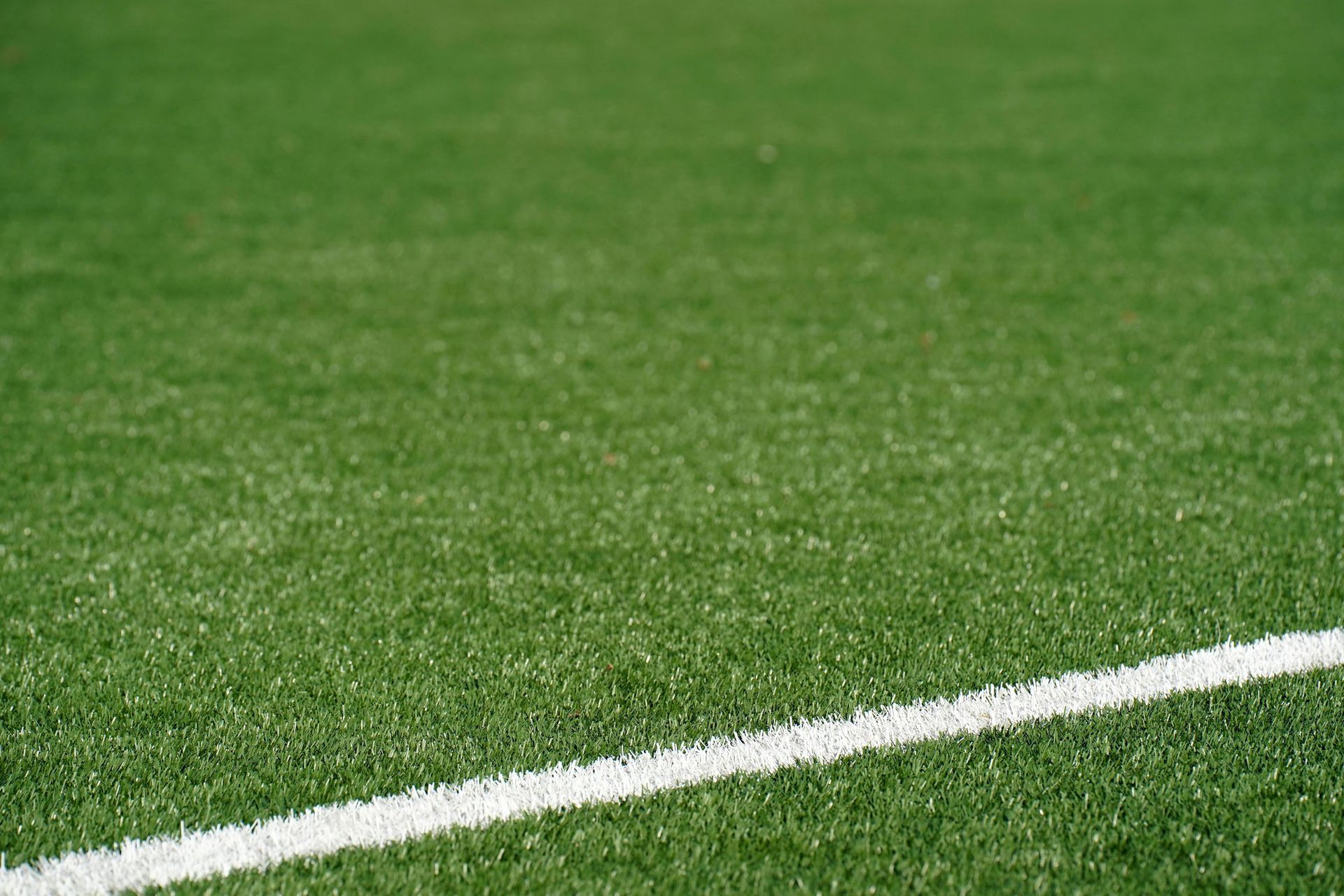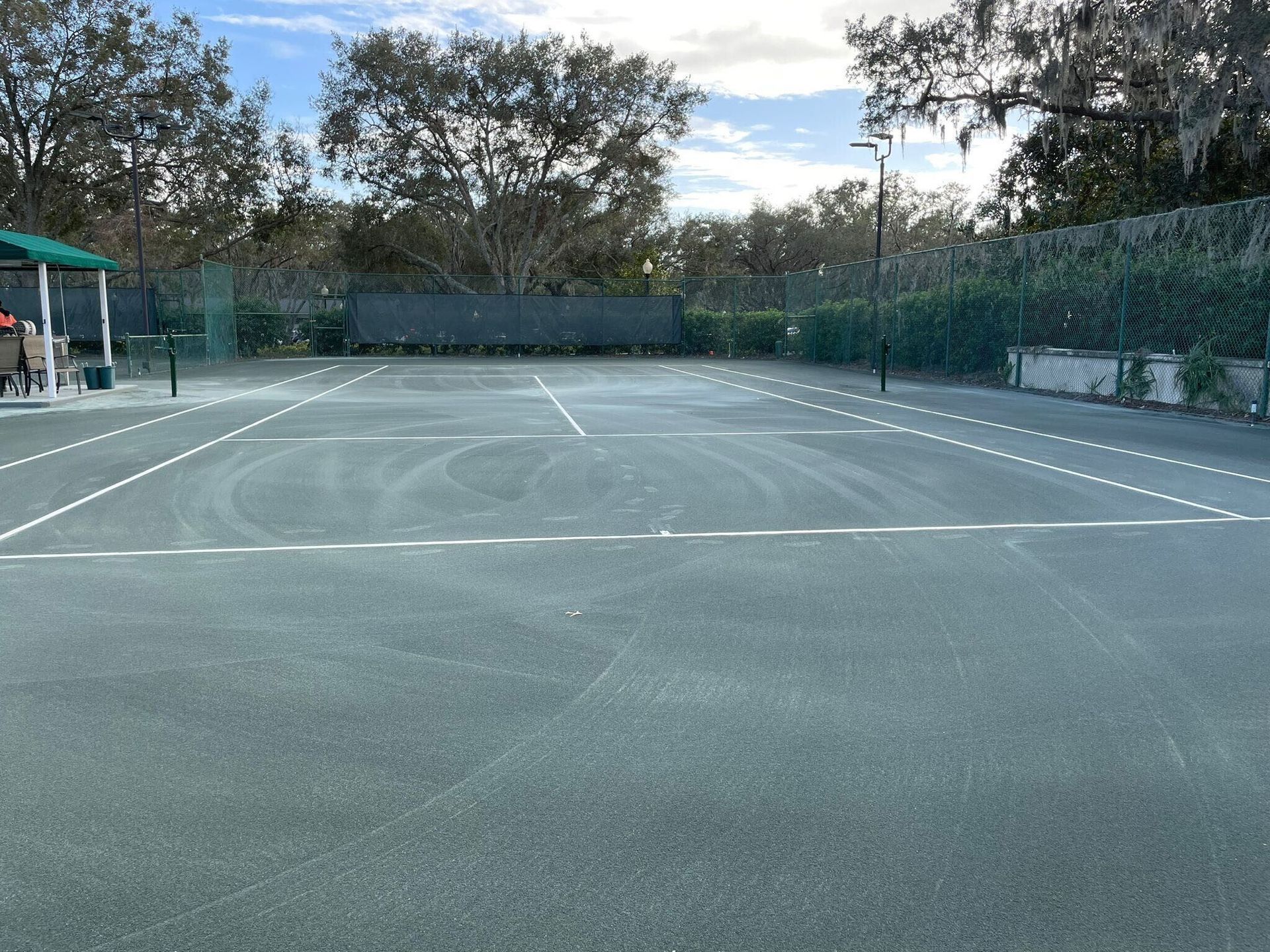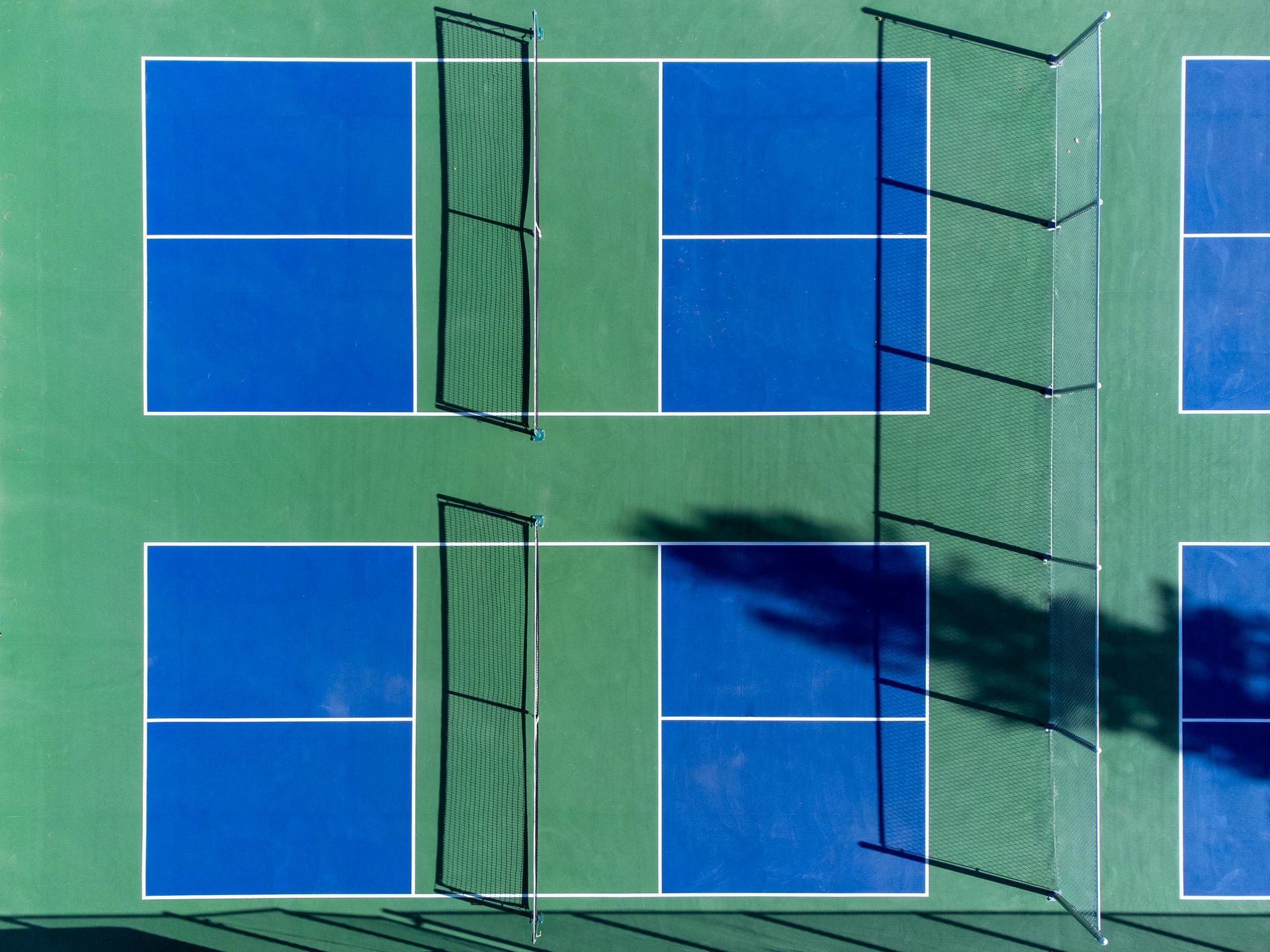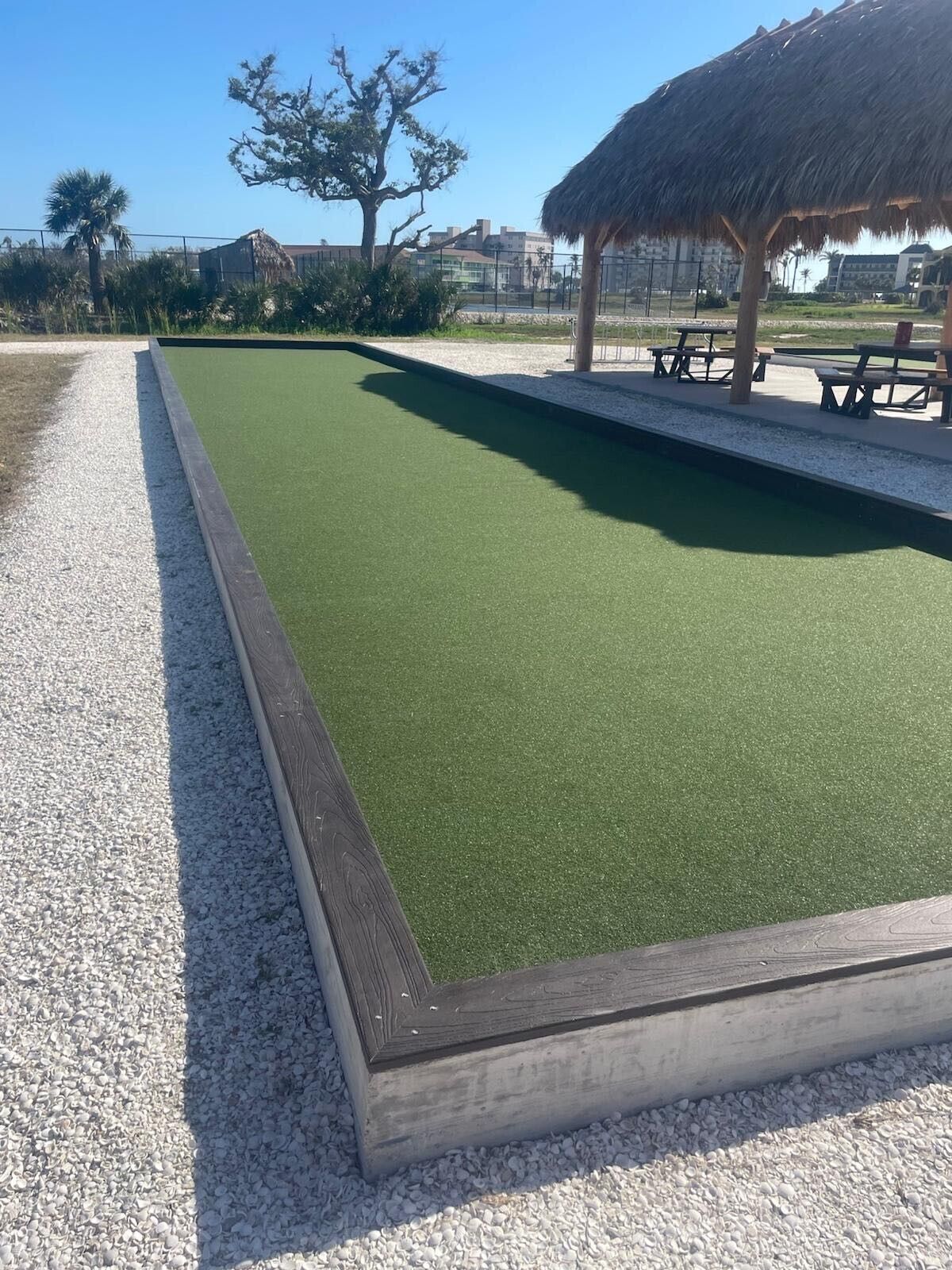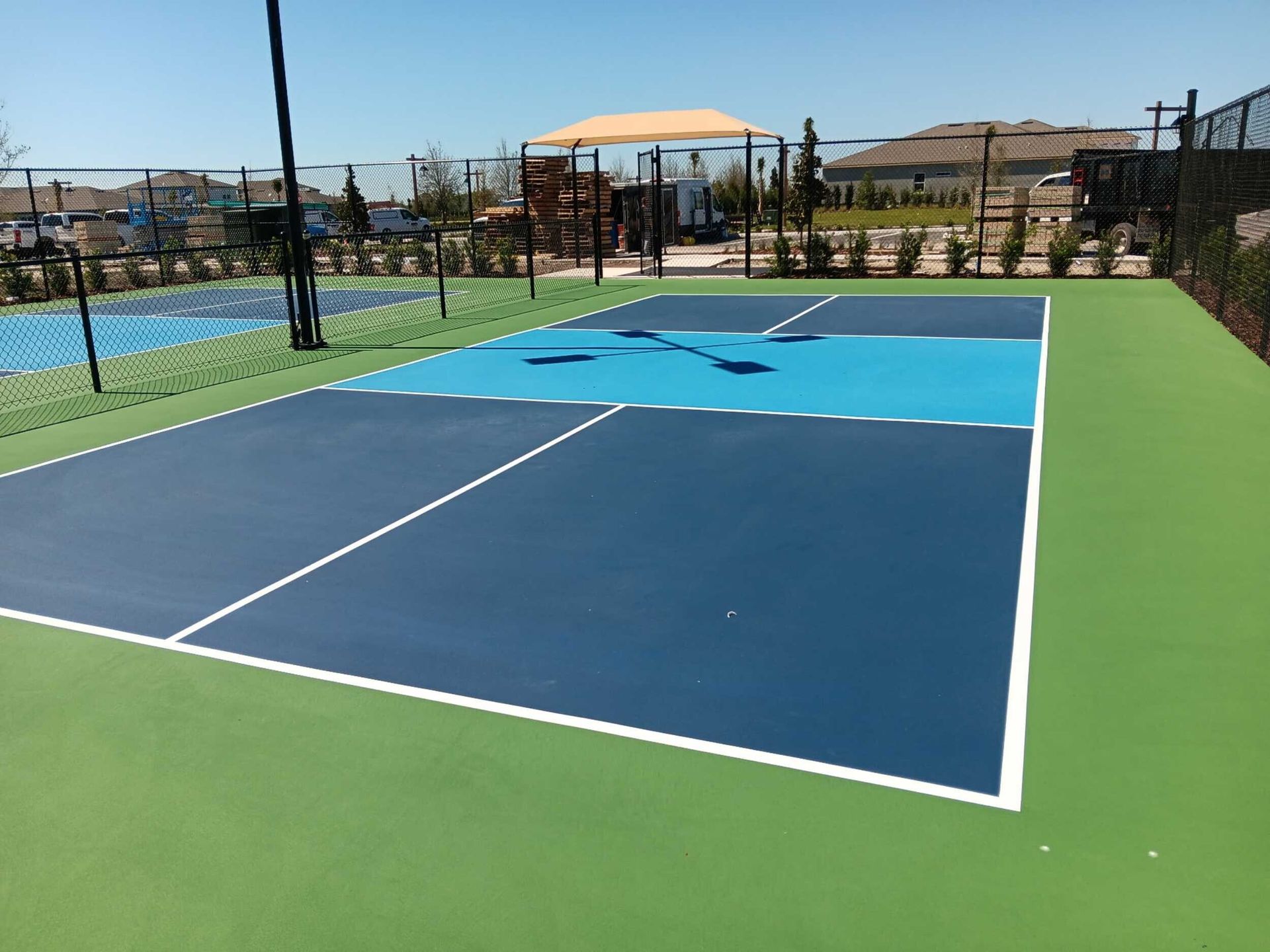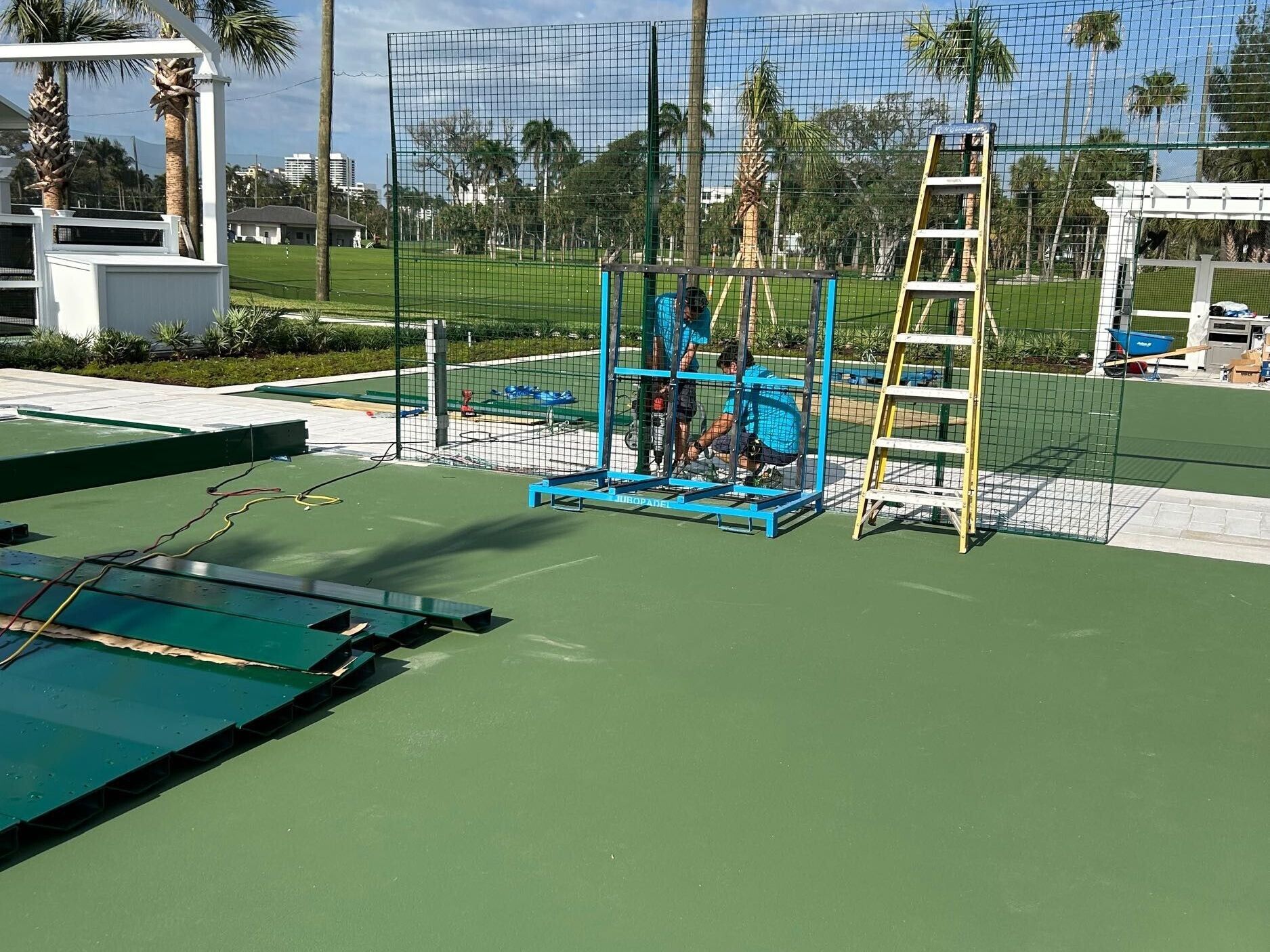Clay Courts vs Hard Courts: A Comparison
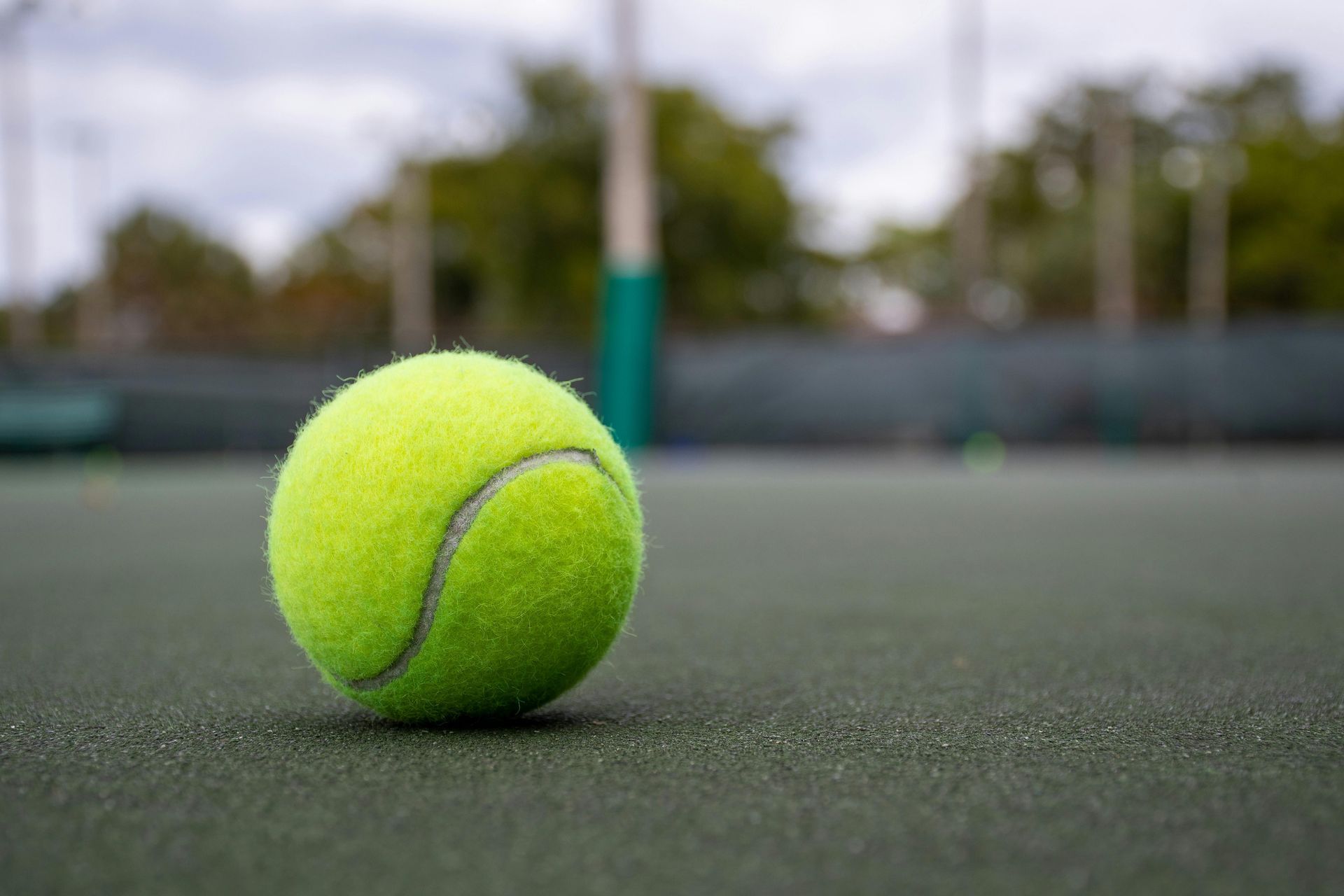
Not all tennis courts play the same. The surface beneath your feet affects your movement, your shots, and even how your body feels after a long match. Among the most popular surfaces are clay and hard courts—and each has its pros and cons.
Wondering which surface suits your style? Read on to find out and get expert recommendations by the end.
Introduction to Tennis Court Surfaces
The surface of a tennis court isn't just cosmetic. It changes the pace of the game, the type of movement required, and even how much strain your joints take. Understanding the differences between court types can help you train smarter and enjoy the game more. Clay and hard courts are two of the most popular surfaces in both recreational and professional tennis. Each comes with its own benefits, challenges, and ideal use cases.
What Is a Clay Court?
Clay courts are made from crushed brick, shale, or stone. The surface is layered and packed, then topped with loose clay that gives the court its distinctive color and texture. Red clay is common in Europe and South America, while green clay is more frequently found in the U.S.
How Clay Courts Affect Gameplay
Clay courts slow the ball down significantly. The surface grabs the ball on impact, reducing its speed and increasing bounce height. This gives players more time to react, encouraging longer rallies and more strategic shot placement.
Pros of Playing on Clay
- Gentle on knees and joints due to the soft surface
- Encourages endurance and patient play
- Great for players who use heavy topspin
- More forgiving of footwork mistakes
- Easy to see ball marks for line calls
Cons of Playing on Clay
- Requires more maintenance, including daily brushing and watering
- It can be slippery when dry or poorly maintained
- Harder to hit aces or winners
- Not ideal for serve-and-volley players
Famous Clay Court Tournaments and Players
The French Open is the most prestigious clay court tournament. Rafael Nadal, known as the "King of Clay," has built a legendary career on this surface. Other greats like Björn Borg and Chris Evert also thrived on clay.
What Is a Hard Court?
Hard courts are constructed from asphalt or concrete, topped with an acrylic or synthetic coating. This creates a smooth, firm surface that's consistent and relatively easy to maintain.
How Hard Courts Affect Gameplay
Hard courts provide a more predictable and faster bounce than clay. They sit between clay and grass in terms of speed, making them a neutral ground for all playing styles. Whether you hit with power, spin, or precision, hard courts offer a consistent base for your skills.
Pros of Playing on Hard Courts
- Lower maintenance compared to clay
- Suitable for all playing styles
- Consistent ball bounce
- Often available at public parks and clubs
- Withstands various weather conditions
Cons of Playing on Hard Courts
- Tougher on joints due to the rigid surface
- It can cause more wear and tear over time
- Becomes hot in direct sunlight
- Slippery when wet
Famous Hard Court Tournaments and Players
The US Open and Australian Open are both played on hard courts. All-around players like Novak Djokovic and Serena Williams have had incredible success on this surface.
Key Differences Between Clay and Hard Courts
Speed and Ball Bounce
- Clay: Slower ball speed, higher bounce
- Hard: Faster ball speed, medium-high bounce
Clay favors defensive play, while hard courts offer a balance that supports both offense and defense.
Joint Impact and Injury Risk
- Clay: Softer surface reduces strain on knees and joints
- Hard: Rigid surface increases wear and tear on the body
If you’re prone to joint issues or injuries, clay courts might be a better option.
Weather Performance and Maintenance
- Clay: Can absorb water, but requires daily maintenance
- Hard: Easier to maintain, but slippery when wet
Hard courts are more durable, while clay courts offer better traction even in light rain.
Play Style Suitability
- Clay: Ideal for baseline players who use topspin and stamina
- Hard: Great for all-around players with diverse skills
If you like to play long, tactical rallies, clay is your friend. If you prefer versatility and speed, hard courts are more fitting.
Which Surface Is Right for You?
Choosing the right surface often comes down to your physical condition, skill level, and playing style. Here are some tips to help you decide:
- If you enjoy long rallies and outlasting opponents, try clay.
- If you have joint problems or are recovering from an injury, clay is gentler.
- If you like faster games with more aggressive shots, go for hard courts.
- If you want consistency in bounce and surface, hard courts are reliable.
Try playing on both surfaces regularly. You’ll naturally gravitate toward the one that suits your strengths.
Where to Get Expert Help with Court Construction
If you're building or upgrading a tennis court, surface choice is only part of the equation. You also need expert planning, quality materials, and proper installation. Mor Sports Group provides comprehensive tennis court solutions—including construction, resurfacing, and surface selection consulting—designed to meet a wide range of needs.
From backyard courts to competition-ready surfaces, they tailor every setup to align with your specific goals. Beyond construction, their services include custom design consultations, premium surfacing systems, and personalized guidance on selecting materials that match your environment and intended use.
Mor Sports Group is known for expert craftsmanship and dependable results—ideal for hosting high-level events or creating a private training space with professional standards.
Conclusion
Clay and hard courts each offer unique playing experiences. Clay rewards strategy, stamina, and finesse, while hard courts deliver speed, power, and consistency. Your choice may depend on personal comfort, physical health, or competitive goals. No matter which you choose, knowing the difference makes you a smarter, more adaptable player.
Looking to build or upgrade your own tennis court? Reach out to Mor Sports Group for professional, customized court construction services that match your game and your goals.

